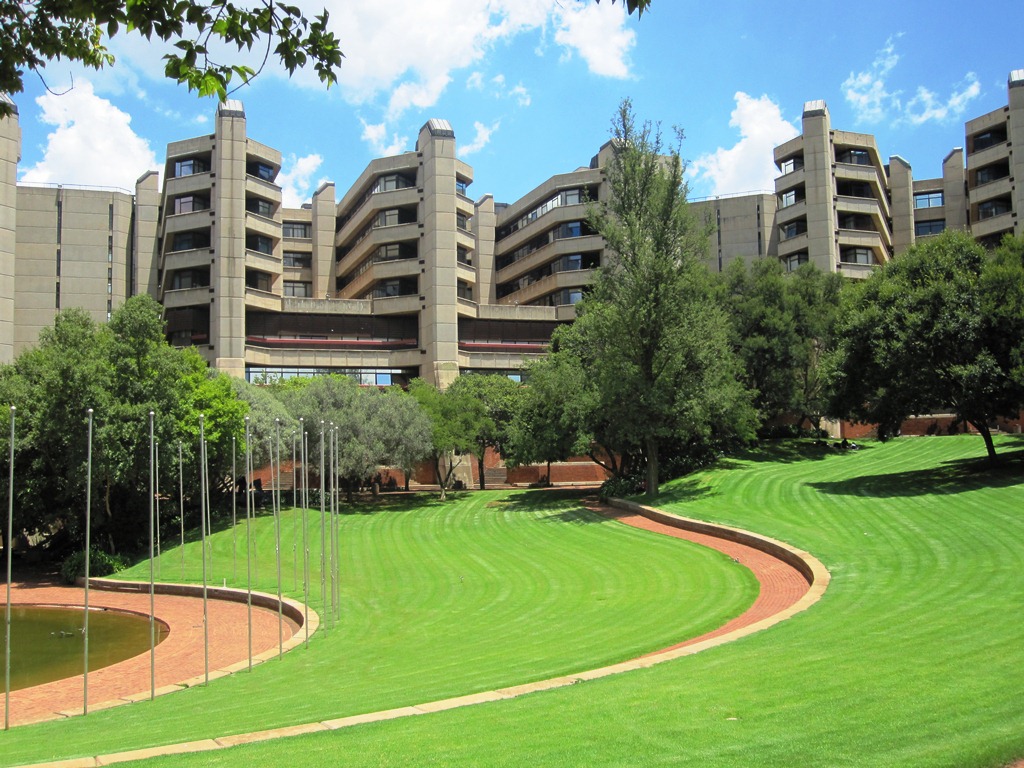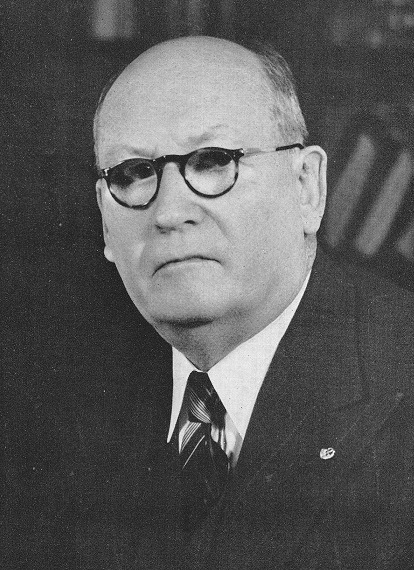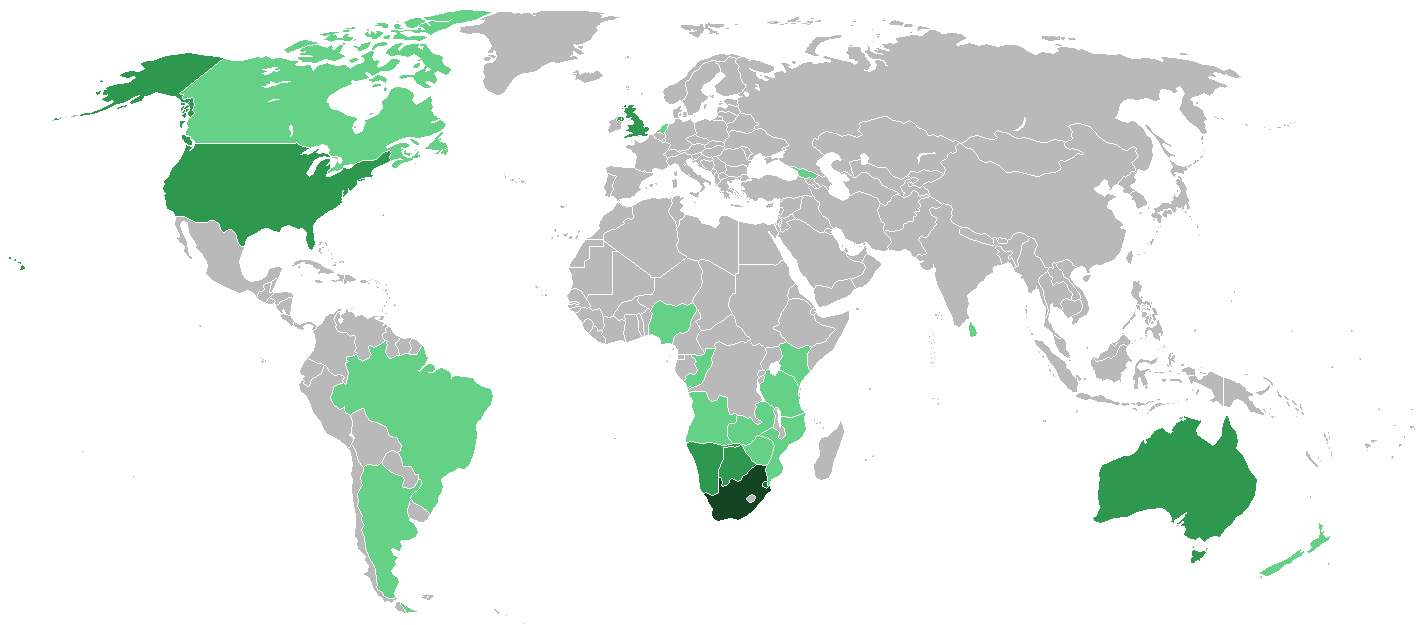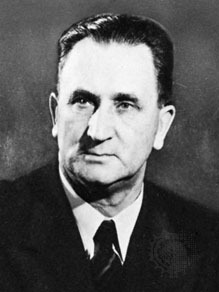|
University Of Johannesburg
The University of Johannesburg, colloquially known as UJ, is a public university A public university, state university, or public college is a university or college that is State ownership, owned by the state or receives significant funding from a government. Whether a national university is considered public varies from o ... located in Johannesburg, South Africa. The University of Johannesburg was established on 1 January 2005 as the result of a merger between the Rand Afrikaans University (RAU), the Technikon Witwatersrand (TWR) and the Soweto and East Rand campuses of Vista University. Prior to the merger, the Daveyton, Gauteng, Daveyton and Soweto campuses of the former Vista University had been incorporated into RAU. As a result of the merger of Rand Afrikaans University (RAU), it is common for alumni to refer to the university as RAU. The institution is one of the largest comprehensive university, comprehensive contact universities in South Africa from the 26 public ... [...More Info...] [...Related Items...] OR: [Wikipedia] [Google] [Baidu] |
Public University
A public university, state university, or public college is a university or college that is State ownership, owned by the state or receives significant funding from a government. Whether a national university is considered public varies from one country (or region) to another, largely depending on the specific education landscape. In contrast a private university is usually owned and operated by a private corporation (not-for-profit or for profit). Both types are often regulated, but to varying degrees, by the government. Africa Algeria In Algeria, public universities are a key part of the education system, and education is considered a right for all citizens. Access to these universities requires passing the Baccalaureate (Bac) exam, with each institution setting its own grade requirements (out of 20) for different majors and programs. Notable public universities include the Algiers 1 University, University of Algiers, Oran 1 University, University of Oran, and Constantin ... [...More Info...] [...Related Items...] OR: [Wikipedia] [Google] [Baidu] |
Afrikaans
Afrikaans is a West Germanic languages, West Germanic language spoken in South Africa, Namibia and to a lesser extent Botswana, Zambia, Zimbabwe and also Argentina where there is a group in Sarmiento, Chubut, Sarmiento that speaks the Patagonian Afrikaans, Patagonian dialect. It evolved from the Dutch language, Dutch vernacular of South Holland (Hollandic dialect) spoken by the free Burghers, predominantly Dutch settlers and slavery in South Africa#Dutch rule, enslaved population of the Dutch Cape Colony, where it gradually began to develop distinguishing characteristics in the 17th and 18th centuries. Although Afrikaans has adopted words from other languages including German language, German, Malay language, Malay and Khoisan languages, an estimated 90 to 95% of the vocabulary of Afrikaans is of Dutch origin. Differences between Afrikaans and Dutch often lie in the more analytic language, analytic Morphology (linguistics), morphology and grammar of Afrikaans, and differ ... [...More Info...] [...Related Items...] OR: [Wikipedia] [Google] [Baidu] |
Rainbow Nation
"Rainbow nation" is a term coined by Archbishop Desmond Tutu to describe post-apartheid South Africa after South Africa's first democratic election in 1994. The phrase was elaborated upon by President Nelson Mandela in his first month of office, when he proclaimed: "Each of us is as intimately attached to the soil of this beautiful country as are the famous jacaranda trees of Pretoria and the mimosa trees of the bushveld – a rainbow nation at peace with itself and the world." Symbolic identity The term was intended to encapsulate the unity of multi-culturalism and the coming-together of people of many different nations, in a country once identified with the strict division of white and black under the Apartheid regime. In a series of televised appearances, Tutu spoke of the "Rainbow People of God". As a cleric, this metaphor drew upon the Old Testament story of Noah's Flood and its ensuing rainbow of peace. Within South African indigenous cultures, the rainbow is assoc ... [...More Info...] [...Related Items...] OR: [Wikipedia] [Google] [Baidu] |
Port Elizabeth
Gqeberha ( , ), formerly named Port Elizabeth, and colloquially referred to as P.E., is a major seaport and the most populous city in the Eastern Cape province of South Africa. It is the seat of the Nelson Mandela Bay Metropolitan Municipality, South Africa's second-smallest metropolitan municipality by area. It is the sixth-most populous city in South Africa and is the cultural, economic and financial hub of the Eastern Cape. Gqeberha was founded in 1820 as Port Elizabeth by Rufane Shaw Donkin, Sir Rufane Donkin, who was the governor of the Cape at the time. He named it after his wife, Elizabeth, who had died in India. The Donkin Memorial in the Central business district, CBD of the city bears testament to this. It was established by the government of the Cape Colony when 4,000 British colonists settled in Algoa Bay to strengthen the border region between the Cape Colony and the Xhosa people, Xhosa. It is nicknamed "The Friendly City" or "The Windy City". In 2019, the Easte ... [...More Info...] [...Related Items...] OR: [Wikipedia] [Google] [Baidu] |
University Of Cape Town
The University of Cape Town (UCT) (, ) is a public university, public research university in Cape Town, South Africa. Established in 1829 as the South African College, it was granted full university status in 1918, making it the oldest university in South Africa and the List of oldest universities in continuous operation, oldest university in Sub-Saharan Africa in continuous operation. UCT is organised in 57 departments across six faculties offering Bachelor's degree, bachelor's (Education in South Africa#Higher education and training system, NQF 7) to Doctorate, doctoral degrees (Education in South Africa#Higher education and training system, NQF 10) solely in the English language. Home to 30,000 students, it encompasses six campuses in the Capetonian suburbs of Rondebosch, Hiddingh, Observatory, Cape Town, Observatory, Mowbray, Cape Town, Mowbray, and the Waterfront. It is the only African member of the Global University Leaders Forum (GULF) within the World Economic Forum, ... [...More Info...] [...Related Items...] OR: [Wikipedia] [Google] [Baidu] |
Rhodes University
Rhodes University () is a public research university located in Makhanda (formerly Grahamstown) in the Eastern Cape Province of South Africa. It is one of four universities in the province. Established in 1904, Rhodes University is the province's oldest university, and it is the sixth oldest South African university in continuous operation, being preceded by the University of the Free State (1904), University of Witwatersrand (1896), University of South Africa (1873) as the University of the Cape of Good Hope, Stellenbosch University (1866) and the University of Cape Town (1829). Rhodes was founded in 1904 as Rhodes University College, named after Cecil Rhodes, through a grant from the Rhodes Trust. It became a constituent college of the University of South Africa in 1918 before becoming an independent university in 1951. The university had an enrollment of over 8,000 students in the 2015 academic year, of whom just over 3,600 lived in 51 residences on the campus, with th ... [...More Info...] [...Related Items...] OR: [Wikipedia] [Google] [Baidu] |
University Of The Witwatersrand
The University of the Witwatersrand, Johannesburg (), commonly known as Wits University or Wits, is a multi-campus Public university, public research university situated in the northern areas of central Johannesburg, South Africa. The university has its roots in the mining industry, as do Johannesburg and the Witwatersrand in general. Founded in 1896 as the South African School of Mines in Kimberley, South Africa, Kimberley, it is the third oldest South African university in continuous operation. The university has an enrollment of 37,295 students as of 2025, of which approximately 20 percent live on campus in the university's 17 residences. 63 percent of the university's total enrollment is for Undergraduate education, undergraduate study, with 35 percent being Postgraduate education, postgraduate and the remaining 2 percent being Occasional Students. The university has, as of 2024, an acceptance rate of approximately 4.5%, having received 140,000 applications but only having a ... [...More Info...] [...Related Items...] OR: [Wikipedia] [Google] [Baidu] |
Apartheid
Apartheid ( , especially South African English: , ; , ) was a system of institutionalised racial segregation that existed in South Africa and South West Africa (now Namibia) from 1948 to the early 1990s. It was characterised by an authoritarian political culture based on ''baasskap'' ( 'boss-ship' or 'boss-hood'), which ensured that South Africa was dominated politically, socially, and economically by the nation's minority White South Africans, white population. Under this minoritarianism, minoritarian system, white citizens held the highest status, followed by Indian South Africans, Indians, Coloureds and Ethnic groups in South Africa#Black South Africans, black Africans, in that order. The economic legacy and social effects of apartheid continue to the present day, particularly Inequality in post-apartheid South Africa, inequality. Broadly speaking, apartheid was delineated into ''petty apartheid'', which entailed the segregation of public facilities and social ev ... [...More Info...] [...Related Items...] OR: [Wikipedia] [Google] [Baidu] |
Afrikaner
Afrikaners () are a Southern African ethnic group descended from predominantly Dutch settlers who first arrived at the Cape of Good Hope in 1652.Entry: Cape Colony. ''Encyclopædia Britannica Volume 4 Part 2: Brain to Casting''. Encyclopædia Britannica, Inc. 1933. James Louis Garvin, editor. Until 1994, they dominated South Africa's politics as well as the country's commercial agricultural sector. Afrikaans, a language which evolved from the Dutch dialect of South Holland, is the mother tongue of Afrikaners and most Cape Coloureds. According to the South African National Census of 2022, 10.6% of South Africans claimed to speak Afrikaans as a first language at home, making it the country's third-largest home language after Zulu and Xhosa. The arrival of Portuguese explorer Vasco da Gama at Calicut, India, in 1498 opened a gateway of free access to Asia from Western Europe around the Cape of Good Hope. This access necessitated the founding and safeguarding of tra ... [...More Info...] [...Related Items...] OR: [Wikipedia] [Google] [Baidu] |
National Party (South Africa)
The National Party (, NP), also known as the Nationalist Party, was a political party in South Africa from 1914 to 1997, which was responsible for the implementation of Apartheid, apartheid rule. The party was an Afrikaner nationalism, Afrikaner ethnic nationalist party, which initially promoted the interests of Afrikaners but later became a stalwart promoter and enactor of white supremacy, for which it is best known. It first became the governing party of the country in 1924. It merged with its rival, the South African Party (SAP), during the Great Depression, 1929-1939 Great Depression, and a splinter faction, the Herenigde Nasionale Party, Re-United National Party became the official opposition during World War II and won power in 1948. With the National Party governing South Africa from 1948 South African general election, 4 June 1948 until 1994 South African general election, 9 May 1994, the country for the bulk of this time was only a ''de jure'' or partial democracy, as ... [...More Info...] [...Related Items...] OR: [Wikipedia] [Google] [Baidu] |
Gold Rush
A gold rush or gold fever is a discovery of gold—sometimes accompanied by other precious metals and rare-earth minerals—that brings an onrush of miners seeking their fortune. Major gold rushes took place in the 19th century in Australia, Greece, New Zealand, Brazil, Chile, South Africa, the United States, and Canada while smaller gold rushes took place elsewhere. In the 19th century, the wealth that resulted was distributed widely because of reduced migration costs and low barriers to entry. While gold mining itself proved unprofitable for most diggers and mine owners, some people made large fortunes, and merchants and transportation facilities made large profits. The resulting increase in the world's gold supply stimulated global trade and investment. Historians have written extensively about the mass migration, trade, colonization, and environmental history associated with gold rushes. Gold rushes were typically marked by a general buoyant feeling of a "free-for-al ... [...More Info...] [...Related Items...] OR: [Wikipedia] [Google] [Baidu] |










